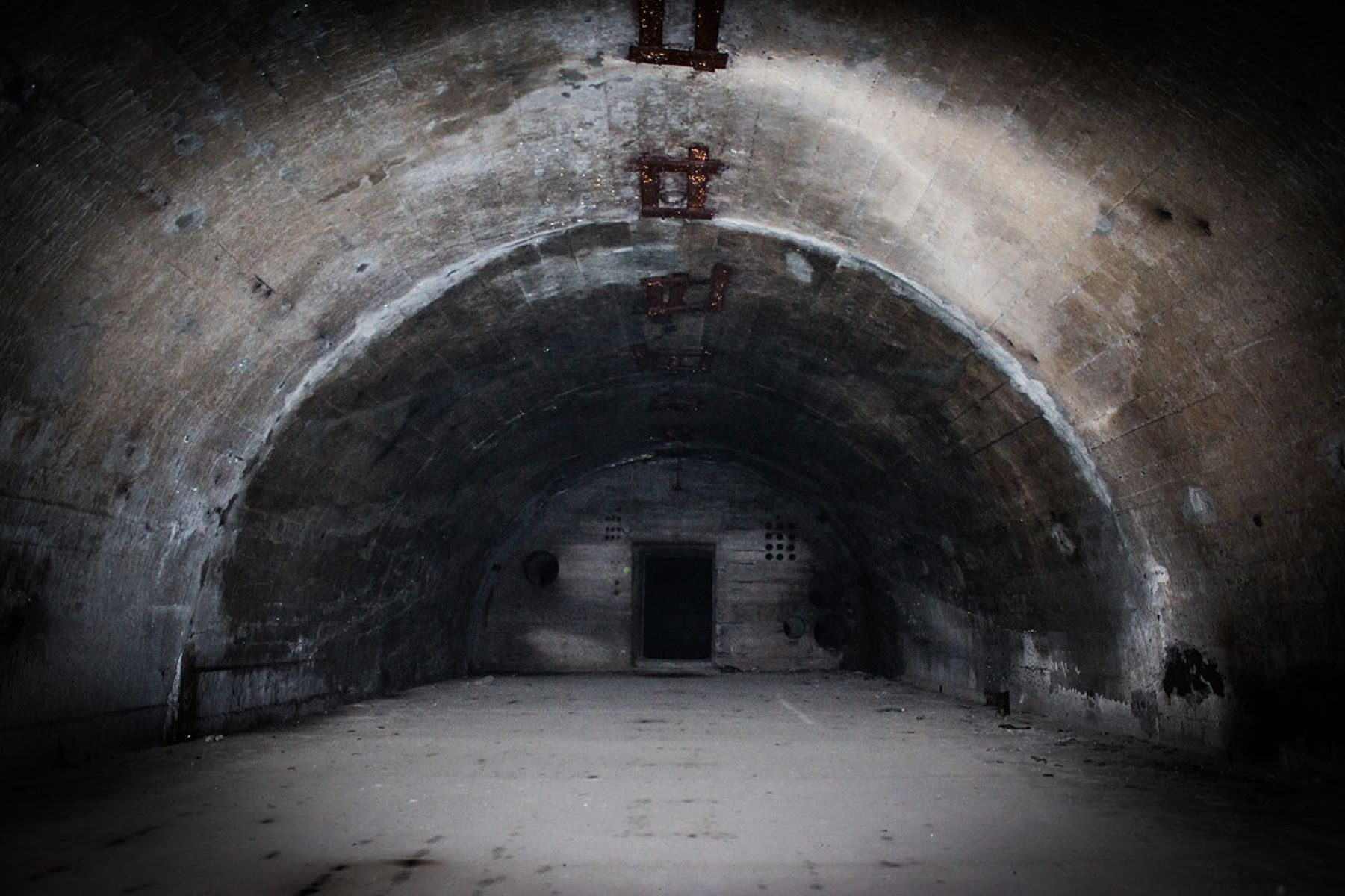Shadows Of The Submariners: Secret Cold War Bunkers

Have you ever wondered about the hidden secrets of the Cold War? Beneath our feet, Cold War bunkers tell stories of a tense era. These underground fortresses, built to withstand nuclear attacks, remain shrouded in mystery. Some are now open to the public, offering a glimpse into a world of secrecy and survival. Imagine walking through dimly lit tunnels, seeing rooms filled with old equipment, and feeling the weight of history. These bunkers, scattered across various countries, reveal the lengths nations went to protect themselves. Ready to step back in time and explore these hidden relics? Let's dive into the shadows of the submariners.
Shadows of the Submariners: Secret Cold War Bunkers
During the Cold War, nations built secret bunkers to protect against nuclear threats. These hidden places, often buried deep underground, tell stories of a tense era. Let's explore some of these fascinating sites.
1. Burlington Bunker, UK
Burlington Bunker, also known as Corsham, lies beneath the English countryside. This massive underground city could house 4,000 people, including the Prime Minister. It had everything from a hospital to a BBC studio.
2. Mount Weather Emergency Operations Center, USA
Mount Weather, located in Virginia, served as a key relocation site for the U.S. government. This facility, still operational, includes living quarters, offices, and even a small lake. It remains one of the most secretive places in the country.
3. The Greenbrier Bunker, USA
Hidden beneath a luxury hotel in West Virginia, the Greenbrier Bunker was designed to house Congress in case of a nuclear attack. The bunker, complete with meeting rooms and dormitories, stayed secret until 1992.
4. Metro-2, Russia
Metro-2, a rumored secret subway system in Moscow, allegedly connects key government buildings and bunkers. Though its existence is not officially confirmed, many believe it was built to ensure the safety of Soviet leaders.
5. Cheyenne Mountain Complex, USA
Cheyenne Mountain, located in Colorado, is a military installation built inside a mountain. It was designed to withstand a nuclear blast and served as the command center for NORAD. Today, it remains a critical defense site.
6. Diefenbunker, Canada
Named after Prime Minister John Diefenbaker, the Diefenbunker in Ontario was built to protect Canadian leaders. This four-story underground complex included living quarters, a hospital, and even a bank vault.
7. Bunker-42, Russia
Bunker-42, located 65 meters below Moscow, was built to withstand a nuclear attack. Today, it serves as a museum where visitors can learn about Cold War history and experience the eerie atmosphere of a nuclear bunker.
8. Albanian Bunkers, Albania
During the Cold War, Albania built over 173,000 bunkers across the country. These small, dome-shaped structures were meant to protect citizens from potential invasions. Many still dot the landscape, serving as reminders of a paranoid era.
9. RAF Holmpton, UK
RAF Holmpton, located in East Yorkshire, was a top-secret radar station. This underground facility monitored Soviet aircraft and missiles. Today, it offers guided tours, giving visitors a glimpse into its Cold War past.
10. Pionen Data Center, Sweden
Originally a Cold War bunker, Pionen in Stockholm now houses a high-tech data center. Built to withstand a nuclear blast, this facility combines history with modern technology, making it a unique place to visit.
11. Hotel des Invalides, France
Beneath this historic Parisian hotel lies a Cold War bunker designed to protect French leaders. Though not open to the public, its existence adds an intriguing layer to the hotel's rich history.
12. Central Government War Headquarters, UK
Located in Wiltshire, this massive underground complex was built to house the British government during a nuclear war. It included living quarters, offices, and even a pub. Today, it remains a symbol of Cold War preparedness.
Hidden Depths of History
Cold War bunkers hold stories of a tense era. These hidden places show how nations prepared for the worst. Visiting these bunkers offers a peek into the past, where every detail mattered for survival. They remind us of the lengths taken to protect and prepare. Exploring these sites, you can feel the weight of history and the silent echoes of those who once stood ready. These bunkers are more than just concrete and steel; they are a testament to human resilience and ingenuity. Next time you travel, consider visiting one of these historical sites. It’s a unique way to connect with a significant part of our shared history. So, pack your curiosity and step into the shadows of the submariners. You’ll leave with a deeper understanding of the Cold War and the people who lived through it.

